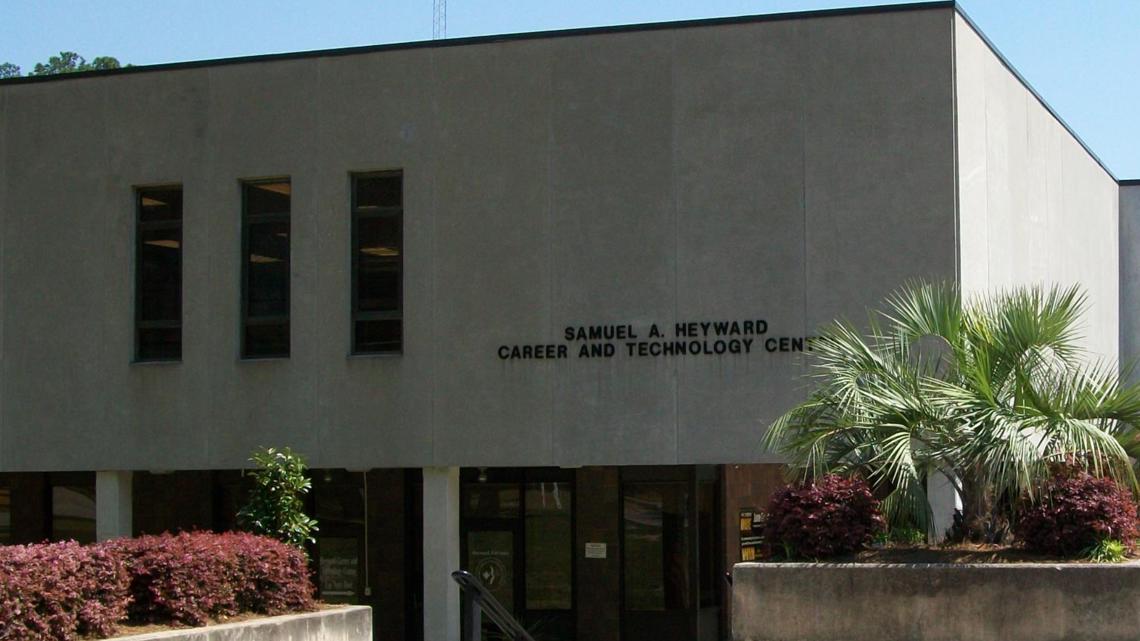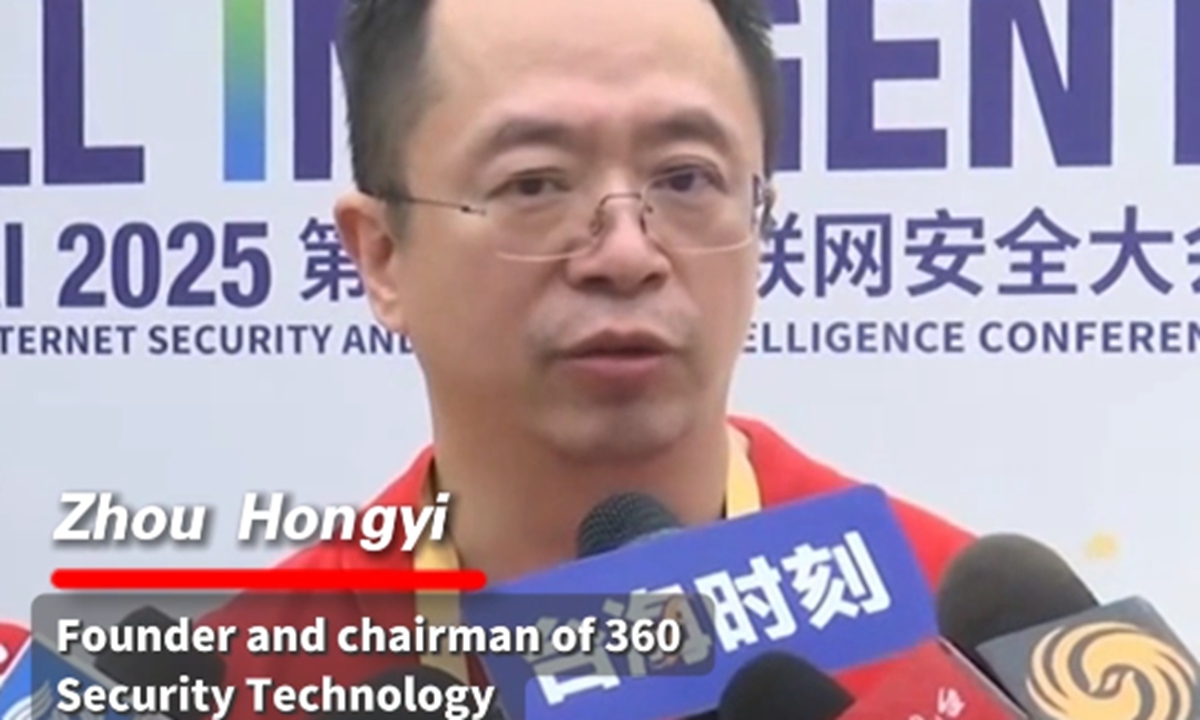Beyond Just Moving Data: Why Human-Centric Tech Design is the Future

For years, the tech world has been obsessed with migration – moving data, applications, and entire systems to new platforms. We've chased efficiency, striving to be the fastest and most seamless in our transitions. But what if I told you that the real competitive advantage lies not in how quickly we move, but in how wisely we design our technology in the first place?
The relentless pursuit of migration as the primary goal has often led to compromises. We've bolted solutions onto existing structures, creating complex, fragile systems that are difficult to maintain and even harder to innovate upon. Think about the legacy applications still clinging to life in many organizations – monuments to well-intentioned but ultimately flawed migration strategies.
Instead of focusing solely on the mechanics of moving, we need a fundamental shift in perspective. We need to embrace a human-centered approach to technology design. This means prioritizing the needs and experiences of the people who will be using the technology, from the end-user to the IT administrator. It's about understanding their workflows, their pain points, and their aspirations – and building technology that genuinely empowers them.
So, what does a human-centered approach look like in practice?
- Deep User Research: It starts with truly understanding your users. Conduct thorough interviews, usability testing, and ethnographic studies to gain deep insights into their behaviors and needs.
- Iterative Design: Design isn't a one-off event. It's an ongoing process of prototyping, testing, and refining based on user feedback. Embrace agile methodologies and be prepared to pivot as you learn.
- Accessibility First: Ensure your technology is accessible to everyone, regardless of their abilities or disabilities. This isn't just a matter of compliance; it's about creating inclusive experiences.
- Focus on Outcomes, Not Just Features: Don’t get caught up in building a laundry list of features. Instead, focus on the outcomes you want to achieve for your users. What problems are you solving? What value are you delivering?
- Design for Change: Recognize that technology and user needs are constantly evolving. Build systems that are flexible, adaptable, and easy to update.
The companies that will thrive in the future are not those that simply migrate data efficiently. They are the ones that architect intelligent systems – systems that are designed from the ground up with the human experience at their core. This requires a different mindset, a different skillset, and a different set of priorities. It's about moving beyond the transactional nature of migration and embracing a more holistic, user-centric approach to technology.
Think of it this way: a beautifully designed building might require careful relocation of its contents (migration), but the true value lies in the intelligent design of the building itself. It's the architecture, the flow, the functionality – all working together to create a positive and productive experience. The same principle applies to technology.
Ultimately, the future of technology isn't about speed; it’s about creating meaningful experiences that empower people and drive real business value. Let's shift our focus from just moving data to designing technology that truly matters.






